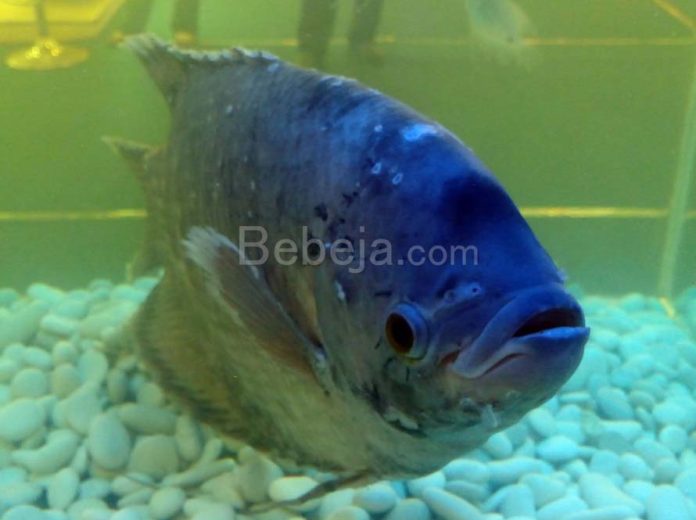Tarpaulin ponds are a method of fish farming that uses a waterproof and flexible material to create a pond. Tarpaulin ponds are more practical and cheaper than concrete ponds and can be used in areas with limited space or soil conditions. The tarpaulin pond should be made of a durable material that can withstand the pressure and weight of the water and fish.
Gourami can be kept in a tarpaulin pond. However, you need to consider the segmentation of the gourami enlargement that will be carried out because it is related to the size of the tarpaulin pond that needs to be made. If the available land is not too large, seed enlargement up to match size can be considered. Another option is to grow from matchstick to cigarette packet size. Growing to consumption size above 500 grams/head should be done using earthen ponds.
Once the rearing segment has been selected, a tarpaulin pond can be built above ground or in the ground as is customary for aquaculture ponds. If the pond is above ground, use a pond frame made of bamboo, wood, and thin cement-coated bricks. The bottom of the pond must be covered with a 10-15 cm thick layer of husk to maintain temperature stability.
A 4 m x 2 m pond requires 2 layers of 5 m x 3 m tarpaulin. The 2 layers of tarpaulin are strong enough to hold the water so that it does not leak. To keep the tarpaulin stable, he locks it using bamboo that is cupped around the top of the frame. The ready pond is then filled with water and then allowed to stand for at least a day and night before draining. Then, add 50 cm of fresh water before stocking the gourami fry (if raised from seed).
Tarpaulin ponds need to be aerated at several points. The purpose of aerators is to increase dissolved oxygen. If necessary, install a pump that can suck in pond water and spout water.
Before the water re-enters the pond, it needs to pass through a filter basin that can be made from a bucket with a filter material composition consisting of fiber and gravel. The filter material in a 1:1 ratio fills 50% of the bucket’s height. The fiber is located at the top. Alternatively, if you have enough money, use zeolite stones combined with palm fiber.
